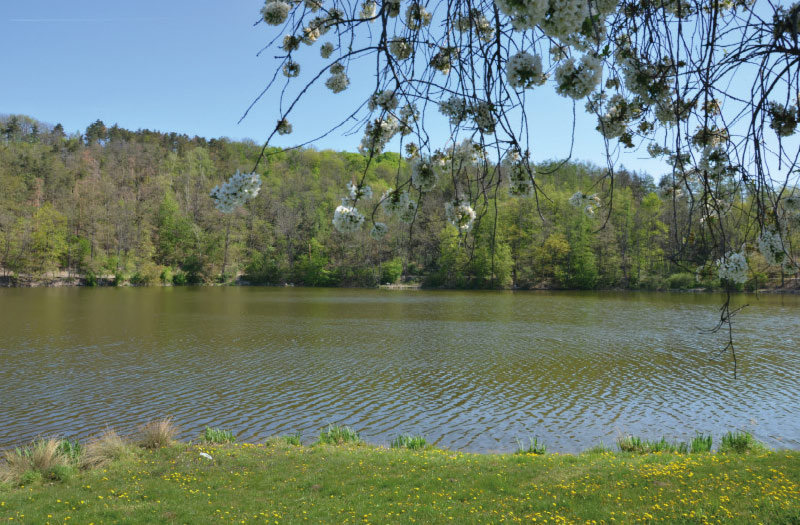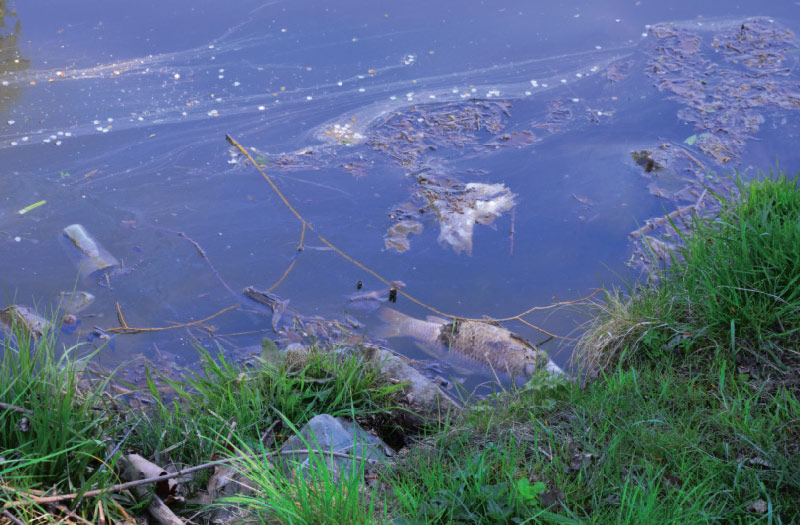Drinking water supply as well as its quality form one of the basic pillars of modern society. This corresponds to the goal of the International Water Association (IWA) – good, safe and drinkable water, which enjoys consumer confidence and can be not only drunk without fear, but in which the consumer also appreciates its taste and aesthetic appearance. In order to meet these objectives, it is important to set drinking water quality requirements and also to keep the whole process of drinking water production and distribution, including all risk areas, under continuous control. In 2004, the World Health Organization published a new concept based on comprehensive risk assessment and management, covering the entire supply system from the raw water source to the consumer’s tap. This approach was called the “Water safety plan”. Subsequently, Council Directive 98/83/EC on the quality of water intended for human consumption [1] was amended in 2015, where this risk-based approach was introduced. However, this amendment was not sufficient in view of modern needs. Therefore, a new EU Directive 2020/2184 on the quality of water intended for human consumption [2] was issued in December 2020. One of the major changes from the original version of the Directive is Article 8, which deals with the risk assessment and management of the catchment areas for abstraction points of water intended for human consumption. This Article, and its subsequent transposition into Czech legislation, will require considerable personnel, material and financial security, as it is a very specific and complex agenda. The need to analyze the current state of the database, propose additions, optimize procedures, and compile a methodology for the above-mentioned risk assessment and management is an important step for the successful implementation of Article 8 in practice.
In the 5th public tender “Programme for the Support of Applied Research, Experimental Development and Innovation in the Environment – Environment for Life” announced by the Technology Agency of the Czech Republic, the TGM WRI project “Tools for risk assessment of the catchment areas for abstraction points of water intended for human consumption” (SS05010210) was selected for support. This three-year project began in January 2022 and aims to create a methodological procedure and related database. EU Directive 2020/2184 on the quality of water intended for human consumption calls for a comprehensive risk-based approach to water safety, covering the entire supply chain from river basins of raw water abstraction, the actual abstraction, treatment and storage, to drinking water distribution to the end users. This risk assessment should build on the knowledge gained and measures taken in accordance with Directive 2000/60/EC of the European Parliament and of the Council [3] and take better account of aspects of the impacts of climate change on water resources. This approach should also aim to reduce the degree of treatment required to produce water for human consumption by identifying problem areas in the river basin point of abstraction and proposing remedial measures to improve the quality of the water abstracted. This comprehensive procedure will ensure a constant exchange of information between risk assessors, water suppliers, and competent authorities. In our project, risk assessment tools will be designed to be usable nationwide and to help implement the requirements of Article 8 of the 2020/2184 EU Directive in the Czech Republic. The main project outputs will be a methodology approved by the relevant state administration body (NmetS) describing the risk identification and assessment procedure, including a proposal for the effective use of nationally available data, and a specialized public database (S). More detailed information about the project can be found on its website (pitnavoda.vuv.cz).

Hostivař Reservoir, April 2019 (Photo: L. Jašíková)

